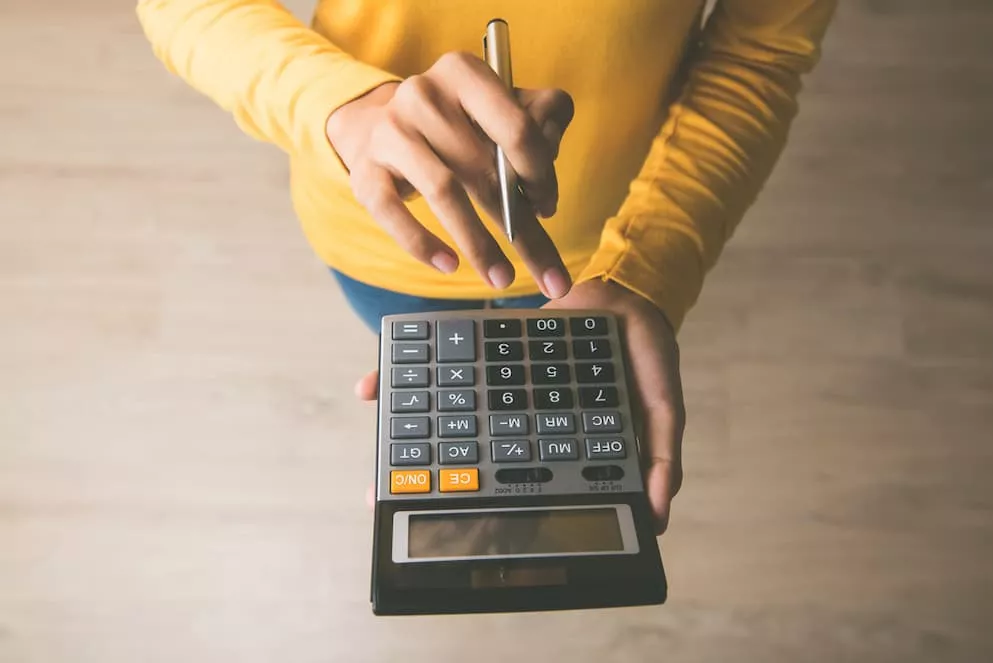Product Packaging Cost Explained: How to Estimate It
Your designers have come up with a few amazing new packaging designs, but which ones will realistically fit in your budget? The vision and budgetary restrictions of a company dictate the packaging design’s feasibility. Factors such as design complexity, product type, and materials used can affect the final costs.
Business owners, product managers, and brand marketers who know how to estimate product packaging costs can leverage this info to inform their best approach. For example, they can choose the right materials to make their product packaging more unique and eye-catching than their competitor’s products.
Product packaging costs are often affected by the individual prices of the material used to make them. Raw materials like glass and aluminum continue to increase in costs due to their complex production process. Many brands are now seeing price increases from their respective packaging suppliers regardless of material.
Several factors play a role in determining the final costs of product packaging solutions. Here is the breakdown on 5 key elements that have a major impact on packaging costs:
- Packaging size
Product packaging costs can vary depending on the size of the final product. Miniature goods can be packaged using less material. This is significantly cheaper than larger products that require more material and effort to make.
Smaller packaging is also easier to produce and takes less time for suppliers to manufacture in large quantities. Another bonus of minimal packaging size is that it is more sustainable than packaging with excess space or materials.
- Quantity
Businesses typically buy product packaging in bulk to save on costs while catering to the demand of their customers. Print run orders can be placed from hundreds to over a million pieces depending on the capabilities of a manufacturer.
Small order quantities are possible but may cost more than larger bulk orders since it is less economical to produce specific packaging in little amounts, leading to more waste. These include paperboard, cardboard, and other similar packaging materials. An exception to this “high unit cost for low quantity” assumption is in digitally printed packaging technologies like packaging made on an HP Indigo printing press. Using these digital presses can actually reduce the cost of waste because the brand owner can order precisely the quantity needed, make frequent design changes, and minimize obsolescence and inventory costs.
Bulk orders with over many thousands of units are commonly set at a lower per-piece cost.
- Packaging material
Packaging material prices vary depending on the availability of supply. If a particular material is scarce and difficult to cultivate, packaging suppliers will mark it up to compensate for labor and other costs. Examples of these materials include aluminum and glass packaging that take more time to weld and produce.
Plastic and paper are more common because they are significantly cheaper and easier to produce in bulk. It is also possible to mold them into desired shapes that further improve the image of the final product.
- Design
The complexity of a product’s packaging design applies to the visual design of the print, the colors used, and the shape of the container.
The more elaborate the packaging design of a product, the higher its estimated cost will be. Some intricate packaging may be too complicated for machines to assemble correctly, thus further increasing its final cost.
Many businesses still opt to take advantage of this by creating elaborate designs to entice their customers. These designs also help make a product stand out from other goods that use standard packaging.
- Shipping
Product packaging can affect the overall weight of the final product. It factors into the total space taken up on shelves and cargo vehicles.
Having bulkier packaging may pose a challenge for transport. It will take more resources to ship bulk orders simultaneously, thus increasing its overall costs.
Businesses make the most from these costs by developing strategies that can fully optimize the amount of cargo they stock and have delivered at a time.
Know What Makes Up Packaging
Producing attractive product packaging is essential for businesses to entice customers into buying their products. However, the costs for these materials are not stagnant and can vary depending on several factors.
Knowing how to estimate these costs can help business owners and key decision-makers find the most suitable packaging options for their needs. It also prevents unexpected spending and losses made from operational costs.
Different businesses each have their unique vision of how they want to bring their product packaging to life. Consult with experts from Meyers today and get the best professional printing solutions on the market.

